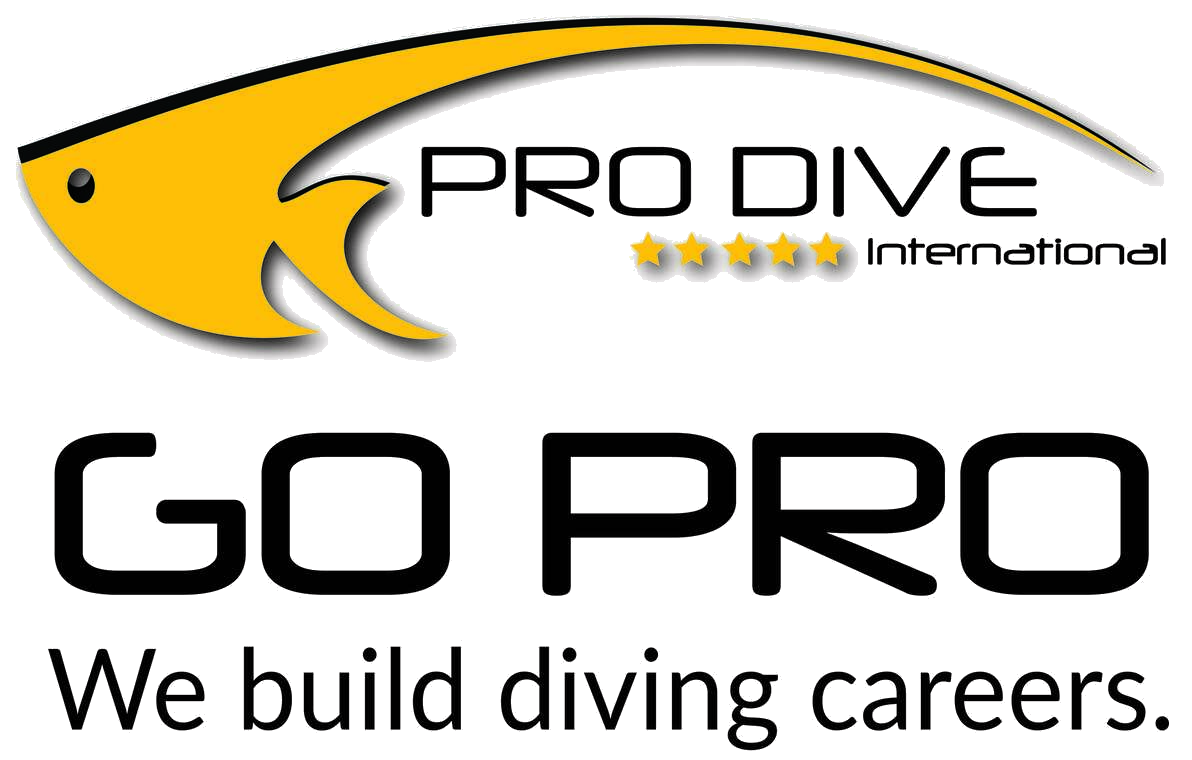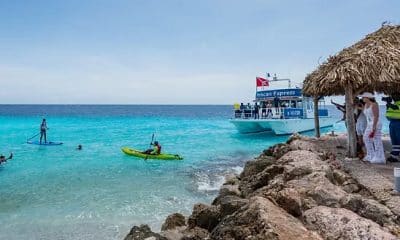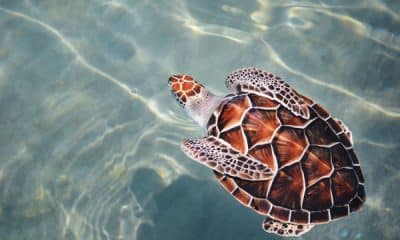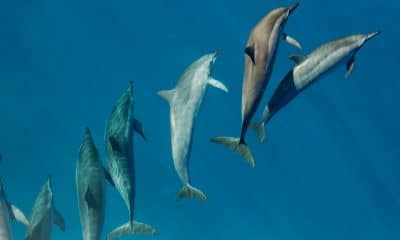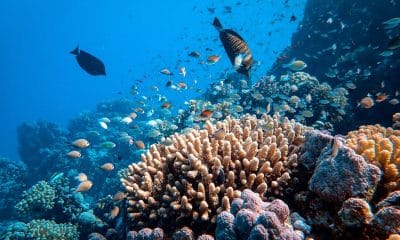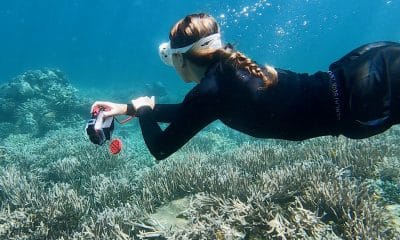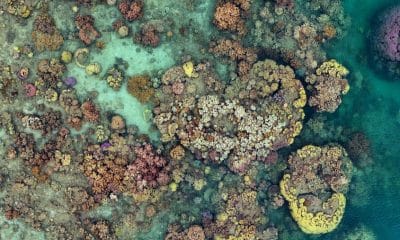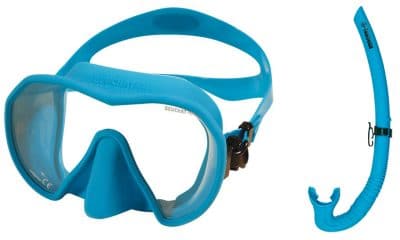Blogs
Turtles of the Riviera Maya & Cozumel
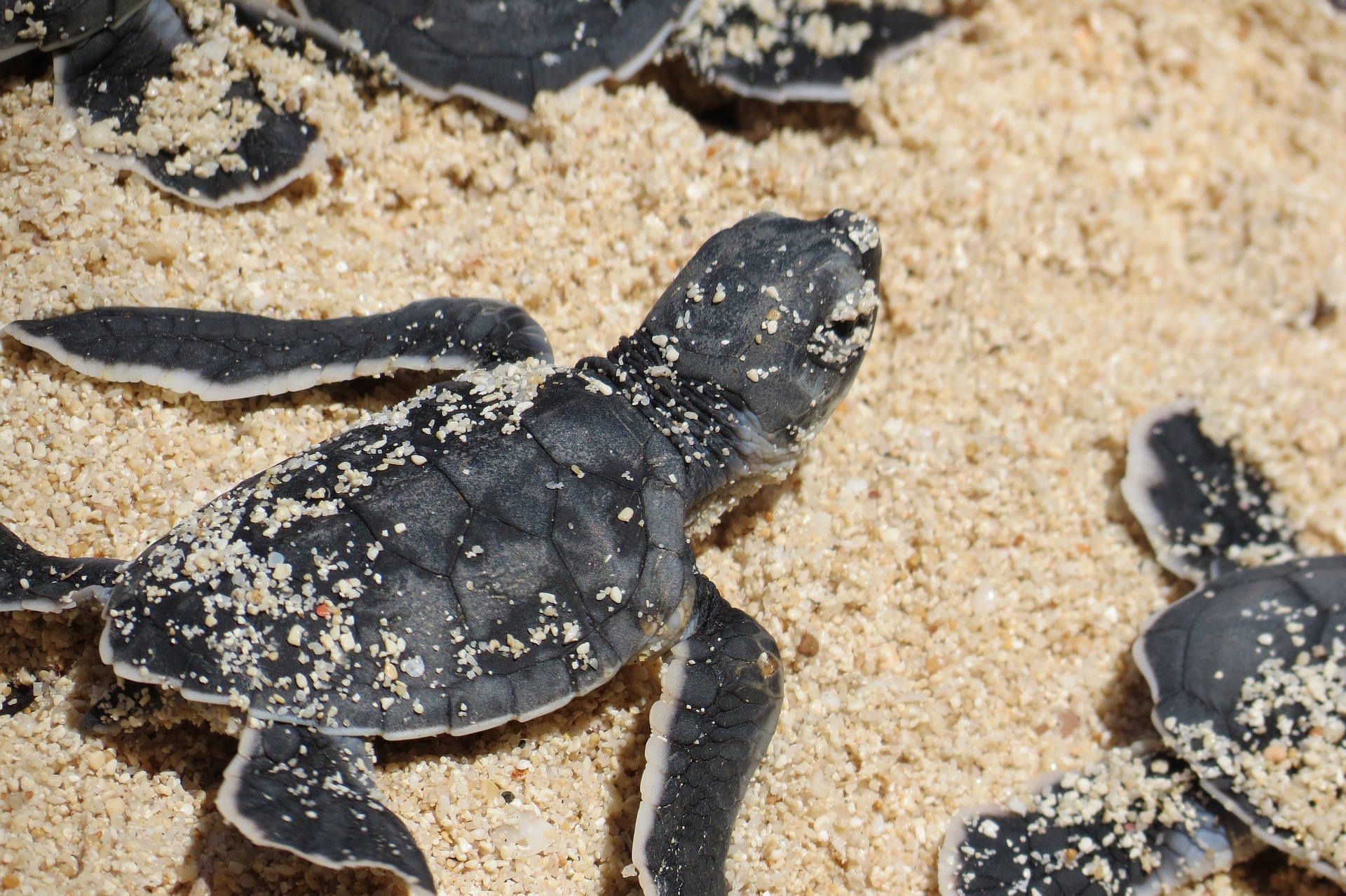
A blog by Pro Dive International
Plenty of empty shells of recently hatched turtle eggs were spotted by our divers at Sabalos. They had been washed off shore onto the reef after the baby turtles had dug out of their nest at night and swam off into the sea.
The turtle nesting season on the Riviera Maya and in Cozumel happens between May and October, which means that you may be lucky to see some nests or even hatchlings during your stay with us.
Six out of the seven sea turtle species worldwide visit Mexico every year. We are lucky enough to get to see Green Turtles and Loggerhead Turtles regularly during our dives, as they are in search of food and a good clean.
The reefs and ecosystems here provide a great number of tasty snacks for a turtle, for example seagrass, sponges, crustaceans and many more. And while the turtles pass through the reef, they receive a top-notch cleaning service from many of the local fishes who feed on their parasites and algae growth.
6 Turtle Fun Facts
- Green turtles are so named because of their green colored fat caused by their rich diet of seagrass.
- Green Turtles are the largest hard-shell turtles in the world. The largest known green turtle weighed 395 kg/ 871 lbs, with a shell that measured more than 152 cm/ 5 ft.
- Loggerhead Turtles are so named for their massive broad muscular heads.
- Adult males are normally easy to distinguish from females because of their long tails visible extending past their shell.
- Female turtles normally return to the exact same location where they were born to lay their eggs.
- The sex of a baby turtle is determined by the temperature at which the egg is kept.
Turtles are regular visitors to many of our dive sites, but they are most commonly found at Tortuga – this dive site is even named turtle in Spanish! It’s located just off shore from our dive center at the Occidental Xcaret and easily accessible by boat from any of our Playa Del Carmen locations.
Moreover, for those of you who are not divers, we are lucky enough to have some extensive seagrass beds where green turtles love to hang out and eat, which is an easy snorkel off shore during one of our tours with a guide who is licensed to enter those protected areas.
Turtle Locations
Besides observing them underwater, you may be lucky to find some turtle nests in front of your resort on the Riviera Maya or in Cozumel. Hotel employees usually rope them off to ensure their protection.
Turtle conservation projects are a great alternative to learn more about their behaviors, importance for the marine environment, how you can help protect them, and to observe nests or turtles first hand:
- Centro Ecológico Akumal – an NGO with a 28-year history
- Punta Sur Eco Beach Park – a 247-acre ecological park in Cozumel
- Sea Turtle Conservation Project Tulum by CONAP/ Flora, Fauna y Cultura de México
Turtle Protection
Every sea turtle species on earth nests on Mexico’s beaches (save one that is only found in Australia). Consequently, Mexico is known as the sea turtle capital of the world and its turtle protection laws are so important on a global scale.
Current Mexican law classifies all sea turtle species as endangered.
Regulations
- Turtles can’t be killed for their meat, skin, shell or eggs.
- Native vegetation can’t be removed in nesting habitats, to stop erosion.
- New regulations call for moving, changing or eliminating any light sources that illuminate a nesting beach, as baby turtles can become disoriented from finding their way to the ocean.
- Vehicles can have a maximum weight of 300 kg on nesting beaches and only be used for patrolling and management of the nesting site.
- Recently outlawed were turtle release events, as many places kept the hatchlings in confinement for several days until a sufficient number of participants had signed up for this activity. Upon release, they were too weak to handle the surf and avoid predators.
All of these and many more regulations help protect beaches, nests, female sea turtles, their eggs and hatchlings to make it a safer place for them.
How to start your Turtle Adventure
Let’s discover some turtles together during our dives! If you are not a diver, why not sign up for a PADI course; or join our Mexican Snorkeling Adventure at 15% OFF starting from Playa del Carmen or Tulum, if booked online until 16/09 & redeemed until Dec 22, with reference to this blog!
Blogs
The Suit Ocean Team leads the Ultimate Curacao Snorkeling Adventure
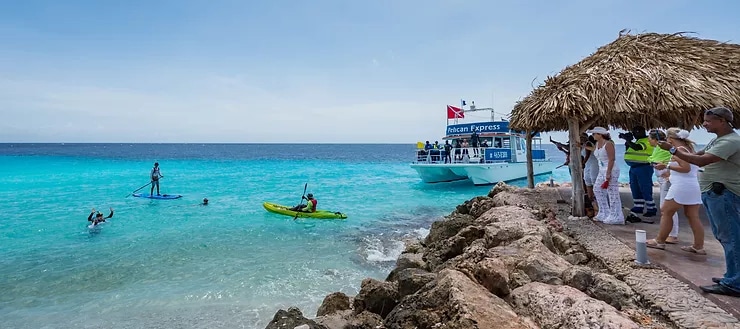
As passionate residents of our Dutch Caribbean Island, we must congratulate The Suit Ocean Team for creating more awareness about the importance of protecting our beautiful fringing reef systems in Curacao.
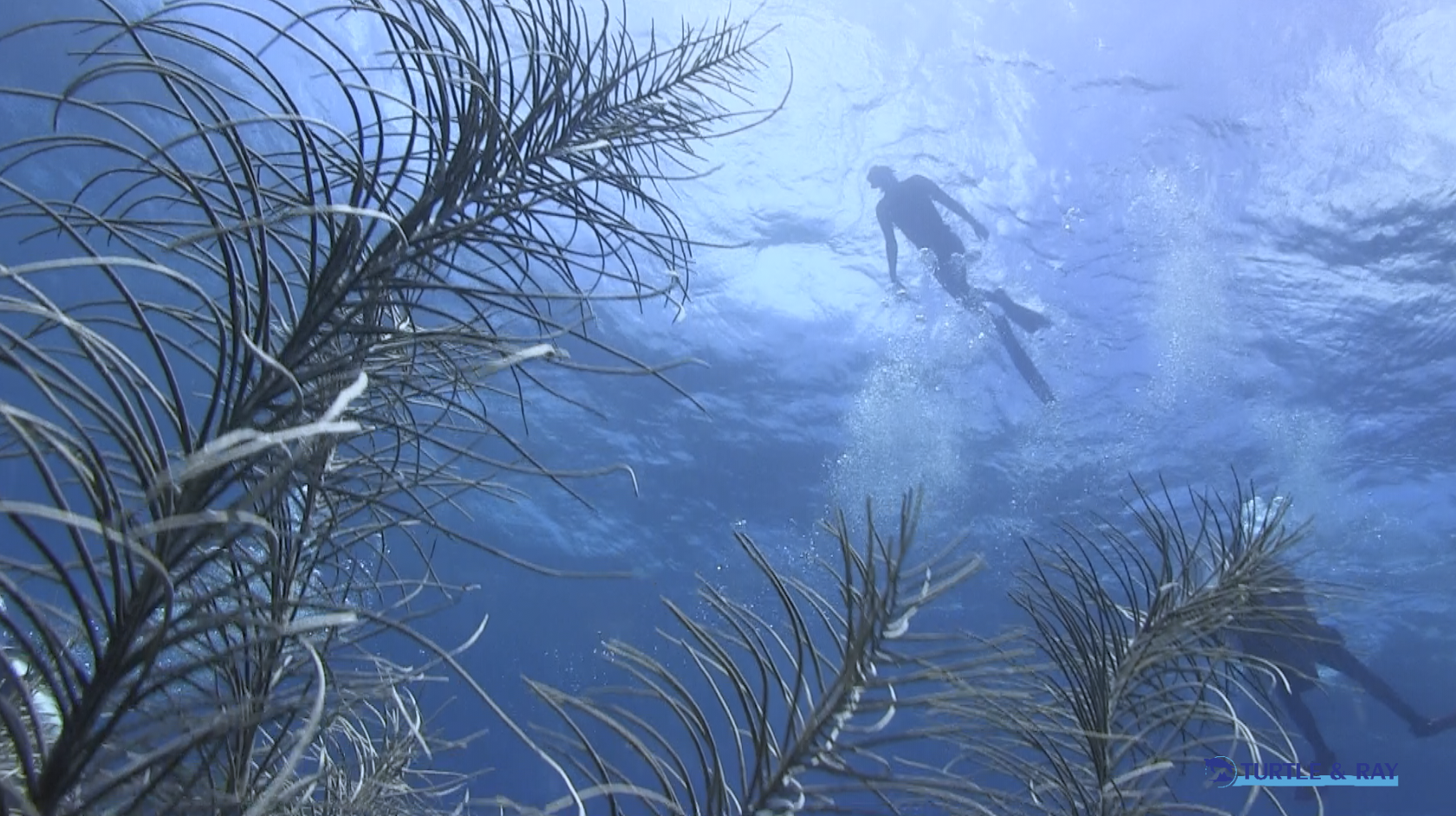
The film, Curacao Underwater Kunuku (Kunuku is Papiamento for Garden), not only documents this ultimate snorkeling adventure showing you how easy it is for everyone to access and enjoy a snorkel or diving experience, but it also showcases the interaction between man and nature, highlighting the beauty of underwater life while promoting conservation, preservation and the need to protect these vital habitats.
These are the key ingredients to this beautiful short film documentary. Watch NOW and please enjoy our “CURACAO UNDERWATER KUNUKU”.
This film, produced by the Lawrence Mensa Foundation (LMF), is also available in multiple languages including: Spanish, Papiamentu, Dutch, Portuguese and German.
Blogs
8 Unique Places to Go Snorkeling in Europe
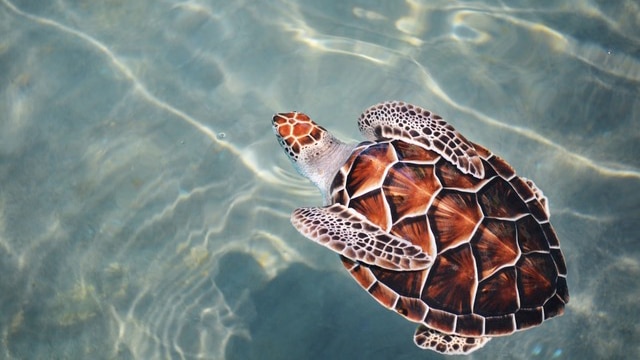
Snorkeling in Europe brings to mind golden sands dotted with beach umbrellas, clear waters, and rocky landscapes busy with Mediterranean fish life. Europe offers all of that, but it also offers so much more for snorkelers. Among Europe’s diverse countries, you can find impossibly bright blue lagoons, idyllic islands, and pristine marine reserves that host thousands of sea turtles and playful seals. You can snorkel over a sunken Roman city and explore one of the world’s premier marine megafauna hotspots. Ready for a summer vacation? Get inspired with our round-up of 8 unique places to go snorkeling in Europe.
Comino, Malta
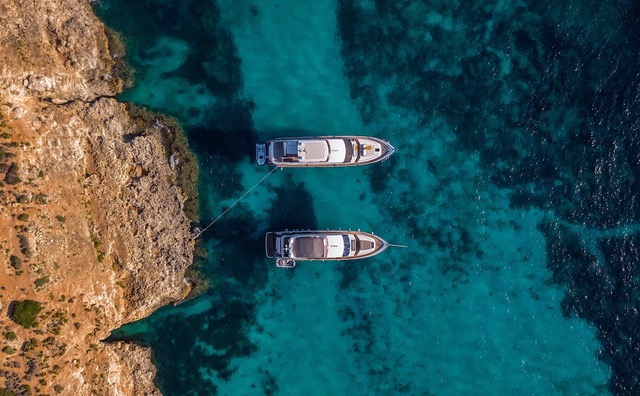
Sitting between the islands of Malta and Gozo, Comino Island is a paradise for snorkelers and divers alike. This tiny island hosts the brightest blue waters in the Maltese Islands and offers fantastic snorkeling among sheltered inlets and caves busy with diverse marine life.
Comino is best-known for hosting the Blue Lagoon; a bucket-list destination with crystal-clear waters and striking rocky landscapes. It is the perfect place to go snorkeling, take a hike, or simply marvel at the gorgeous scenery.
Medes Islands, Spain.
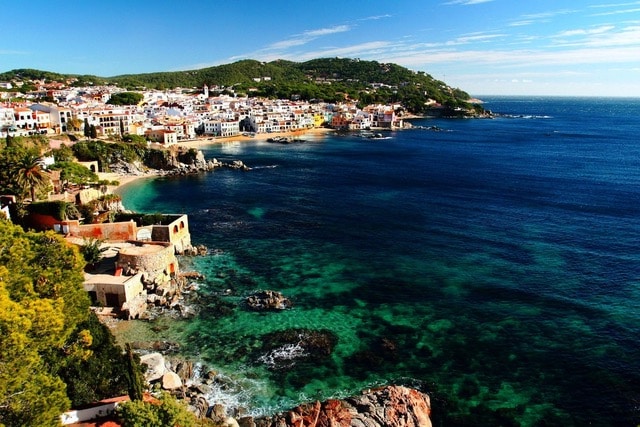
With over 500 dive sites and seaside destinations all along its coastline, Spain draws tourists from around the world. This vibrant country is one of Europe’s top vacation spots.
The Costa Brava in northeastern Spain is home to some of the most famous snorkeling spots in the country, one of which is the Medes Islands. This small archipelago of seven islets off L’Estartit is one of the best marine reserves in all of the Mediterranean.
Fishing was banned at the Medes Islands over 30 years ago, which has allowed marine life to flourish there. Seagrass meadows and rocky areas busy with fish await. A visit to this exceptional marine ecosystem is a must if you are visiting Spain.
Zakynthos, Greece.
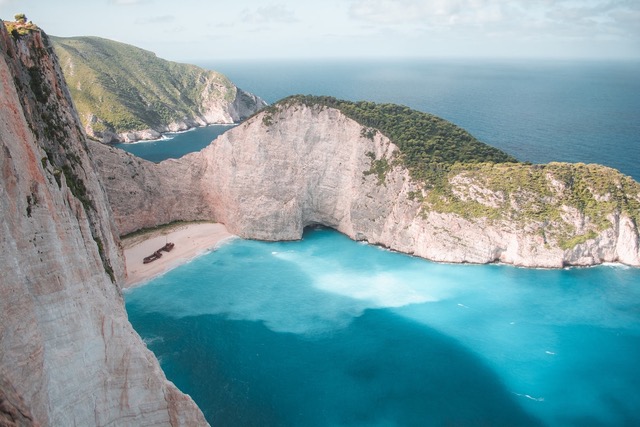
If you love sea turtles, Greece should be top of your list of places to go snorkeling in Europe.
Zakynthos is home to Marathonisi Island, also known as ‘Turtle Island’. This small island sits within the National Marine Park of Zakynthos and is a vital breeding ground for loggerhead sea turtles. The National Marine Park of Zakynthos was created in 1999 to protect these turtles, plus rare Mediterranean monk seals, which give birth to their young in Zakynthos’s secluded caves.
Marathonisi, nearby Cameo Island, and Zakynthos, are the top places in Europe to swim with turtles. In the summer months, thousands of loggerhead turtles visit the area to lay their eggs and you can go snorkeling with them.
Lundy Island, United Kingdom.
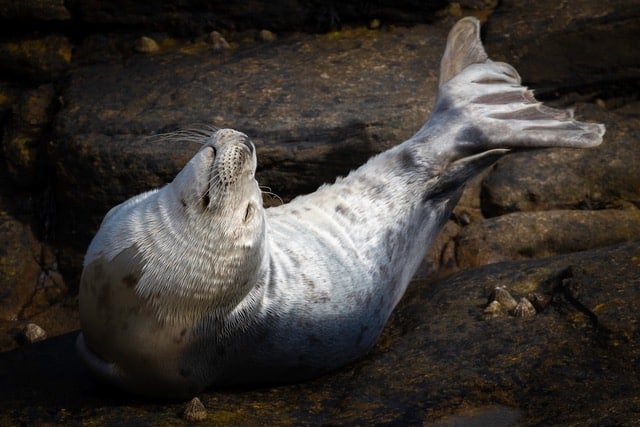
Snorkeling with seals is bound to leave a smile on your face. These cheeky animals are known for getting up close to snorkelers, checking them out, and occasionally nibbling fins.
Lundy Island is one of the best places to go snorkeling with seals in Europe. This island sits just 12 miles off the coast of Devon and hosts a breeding colony of Atlantic grey seals. The seals can be found playing in the surf and lounging in the sunshine at various points around the island.
Grab your snorkeling kit and dive in. Below the water, you will find shallow sunlit kelp forests, a variety of reefs, sea caves, and pinnacles. Lundy is a popular place for diving, but you will see plenty of marine life from the surface, including bright cup corals, anemones, fish, and hopefully seals.
Sunken City of Baiae, Italy
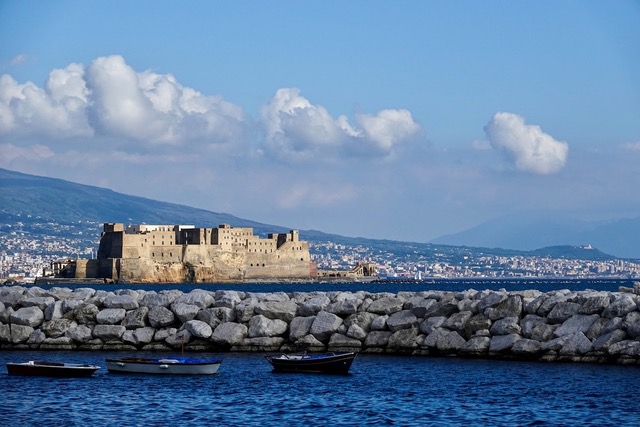
Not every great snorkeling experience is about marine life. In Italy, you can snorkel over ancient Roman ruins.
Two thousand years ago, Baiae was the destination for rich Romans to escape the city and relax by the seaside. Countless emperors and merchants flocked to Baiae’s shores every year, until tectonic activity forced this thriving city underwater.
Today, Baiae is an intact underwater city and one of the top highlights of snorkeling and diving in Italy. Observing these ruins is a breath-taking experience that brings history to life. There are Roman statues, a thermal spa, paved roads, and pillars dating back to the 1st century BC.
Corsica, France
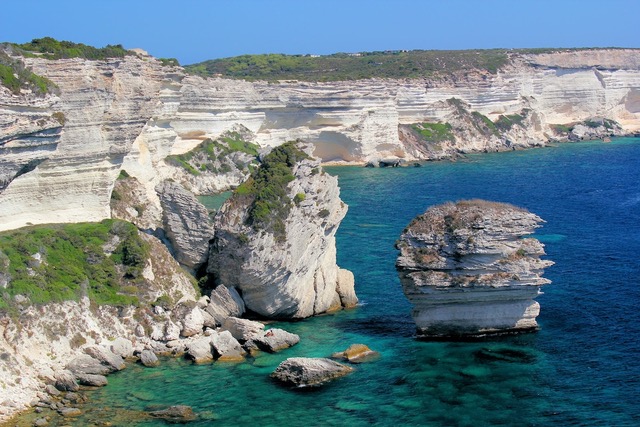
Corsica is renowned for its crystal-clear waters and shallow bays perfect for snorkeling with your kids.
This gorgeous island in the Mediterranean Sea boasts dramatic cliffs and white-sand beaches that hosts a wealth of accessible snorkeling spots. There are rich seagrass beds and rocky landscapes, plus small hidden coves dotted around the island. All of which host a diverse array of marine life, including huge schools of fish, octopi, moray eels, and starfish.
Corsica’s calm waters make it ideal not just for kids, but also for beginner snorkelers and those who want an easy time in the water. With water temperatures reaching up to 26 °C, plus water visibility of up to 30 meters, Corsica ticks the boxes for a laidback beach and snorkeling vacation.
Traun River, Austria
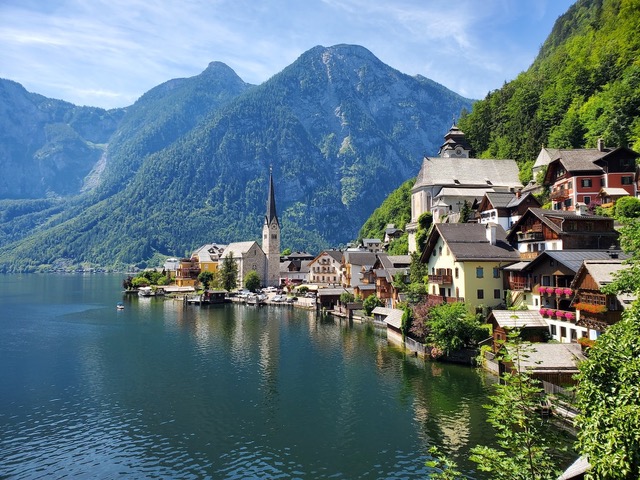
You might not think of Austria for snorkeling, but this land of iconic mountains and lush green landscapes has pristine lakes that attract divers and snorkelers every year. Away from the lakes, you can go snorkeling in spring-fed rivers that gleam in the sunshine.
Forget about floating on the surface when you go river snorkeling. At the Traun River in Upper Austria, river snorkeling involves rock jumping, canyoning, and some relaxed floating downstream. Along the way, you can explore interesting rock formations, underwater caves, and a waterfall, and meet freshwater fish life. This is also an excellent spot to go drift diving.
The Azores, Portugal
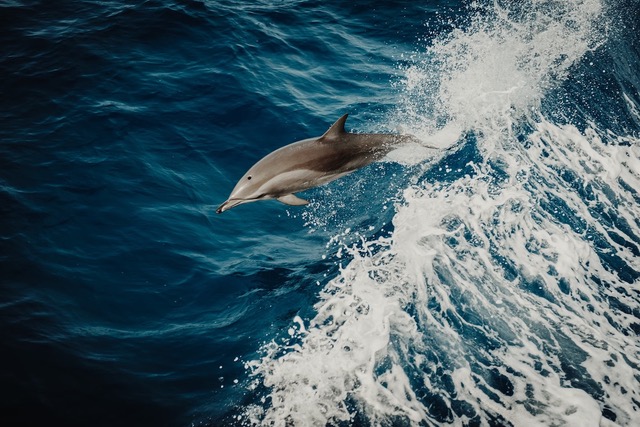
Sitting in the middle of the Atlantic Ocean and surrounded by endless blue waters, the Azores is a mecca for marine megafauna.
These famous islands host a remarkable amount of marine life, including more than 27 whale and dolphin species, mobula rays, and sharks. Snorkeling at the Azores is a great way to experience this wealth of life. You can swim with dolphins and snorkel among dozens of mobula rays and big pelagic fish.
And if you have a scuba certification, you can also go diving with mako and blue sharks. With water visibility reaching up to 60 meters, the Azores is incredible whichever way you choose to explore.
Kathryn Curzon, a conservationist and dive travel writer for SSI (Scuba Schools International), wrote this article.


